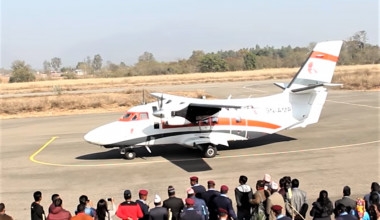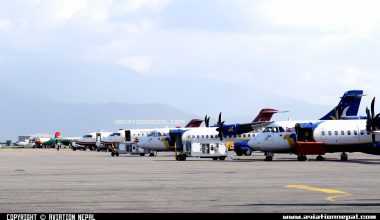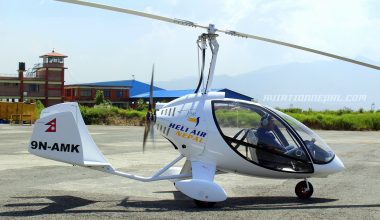Analysis of aviation on its impact towards world environment
June 5, 2017
June 5 is not only about celebrating world environment day but it is all about action and physical involvement in preserving nature. The theme for World Environment Day 2017 is ‘Connecting people to nature’ which implores us to get outdoors and into nature, to appreciate its beauty and its importance, and to take forward the call to protect the Earth that we share.
The day is all about planting trees, cleaning surroundings and raising awareness about nature and the importance of protecting it. According to the World Environment Day website, “In recent decades, scientific advances as well as growing environmental problems such as global warming are helping us to understand the countless ways in which natural systems support our own prosperity and well-being.”
So, how is aviation industry acting or will act to preserve and promote the nature? Aviation, one of the scientific advancements, is recognized as the safest form of air travel these days. The industry is currently booming worldwide with the introduction of variety of new planes and unleashing aviation technologies. More than 100,000 flights happen per day all over the world and lots of new aircraft are joining aviation industry this year. These statistics is good news on one hand whereas on the other hand it is a threat to our environment.
The impact of aviation towards the environment occurs because of aircraft power plant which exhausts heat, noise, particulates and hazardous substances leading to climate change and global dimming. Some of the others aircraft emits particles and gases such as Carbon dioxide (CO2), hydrocarbons, carbon monoxide, nitrogen oxides, sulfur oxide, water vapor and black carbons which interact themselves between the atmosphere resulting the deterioration of the environment.
Aircraft manufacturers such as Boeing, Airbus are working desperately to introduce much more efficient and environment friendly aircraft. The latest aircraft today feature maximum fuel efficiency, reduced noise, less emission of harmful gases and many more. Though these efforts can’t minimize harmful impact of aviation on environment to zero but can reduce to some extent.
As per IATA (International Air Transport Agency), airline companies are uniting to reduce their impact on the environment in partnership with airports, air navigation service providers (ANSPs), and aircraft manufacturers. Moreover, the issue of CO2 emission is at the summit and the industry is trying to initiate a well-established strategy to reduce CO2 emission. Facts and Figures from ATAG (Air Transport Action Group) depict that global aviation industry produces around 2 percent of all human-induced CO2 emissions and the industry is responsible for 12 percent of CO2 emissions from all transport sources.
IATA has come up with various approaches to assist airline companies in enhancing their environmental performance such as sustainable alternative Jet fuels (SAF), carbon offset program, environmental assessment, fuel reporting and emissions database and cargo sustainability.
Aviation will be unable to excel forward without the fresh and active environment. Hence, it is the core responsibility of all the airlines, governing bodies and agencies to unite for preserving the nature.






